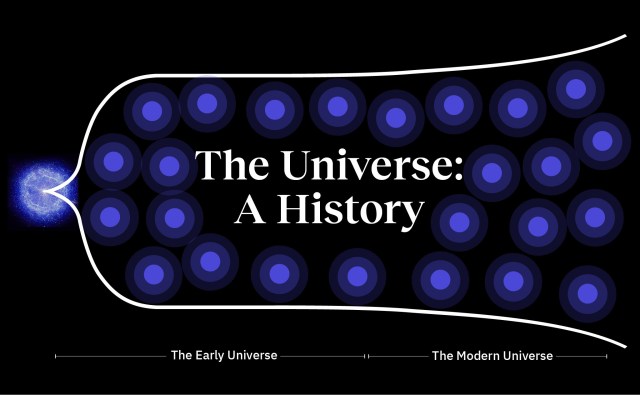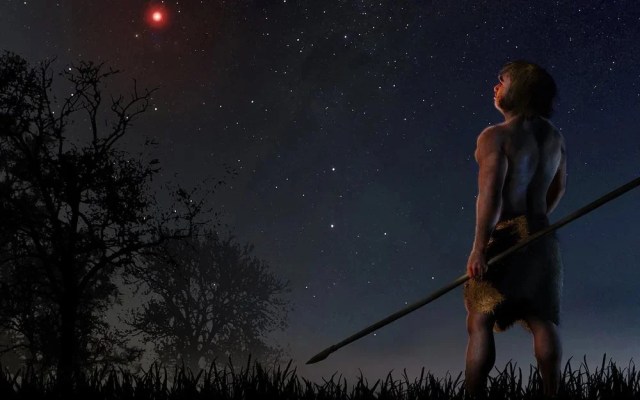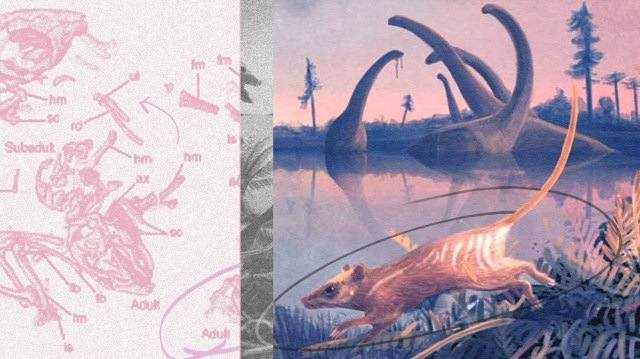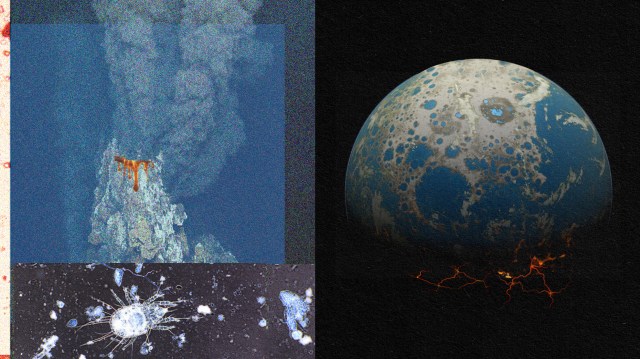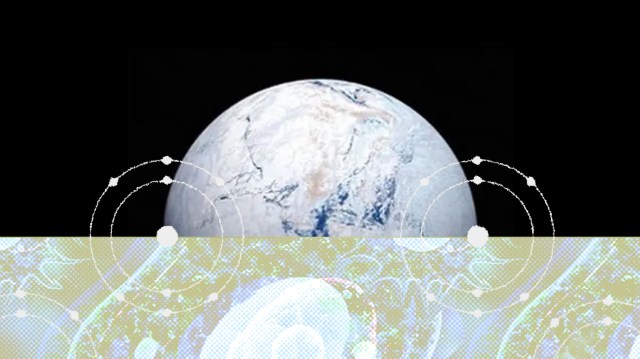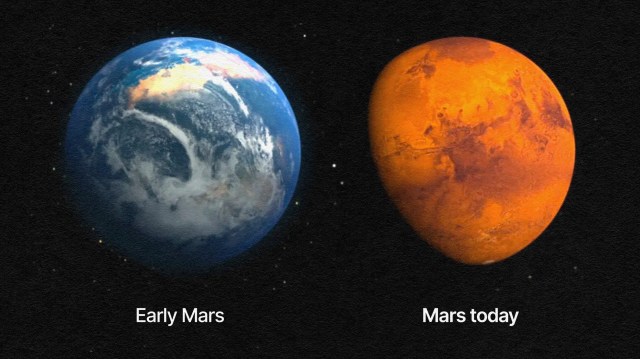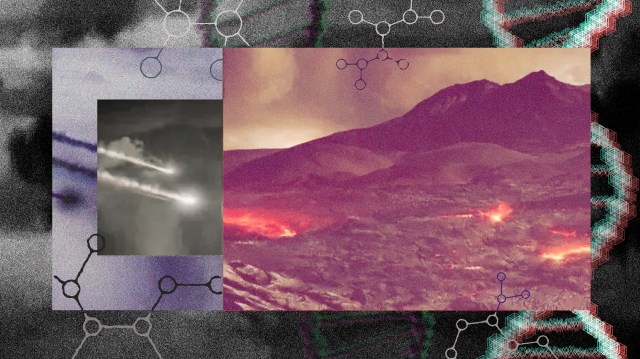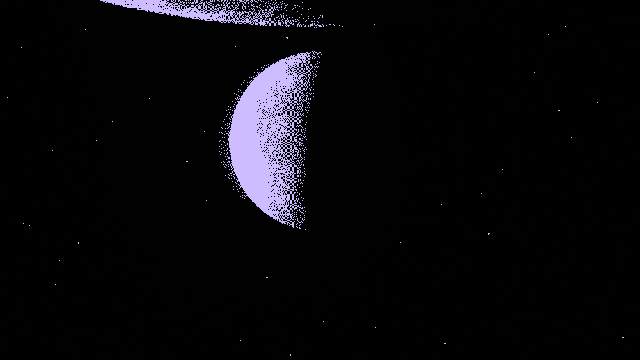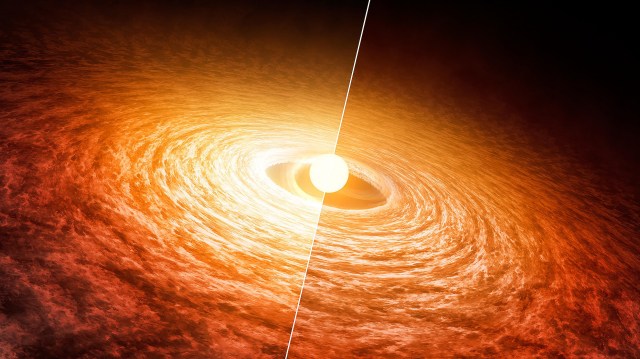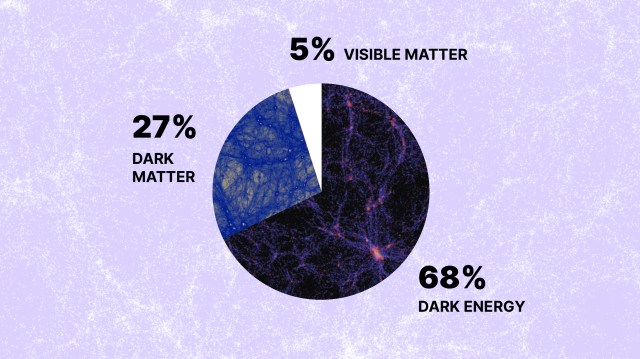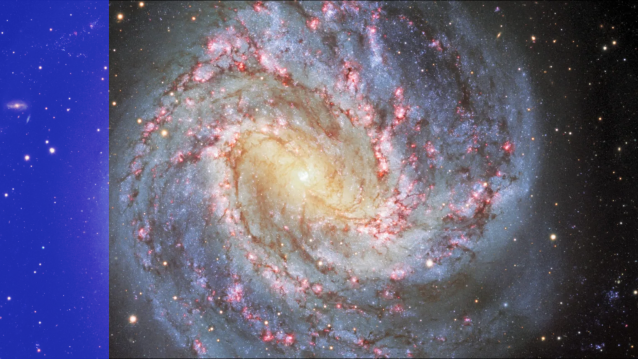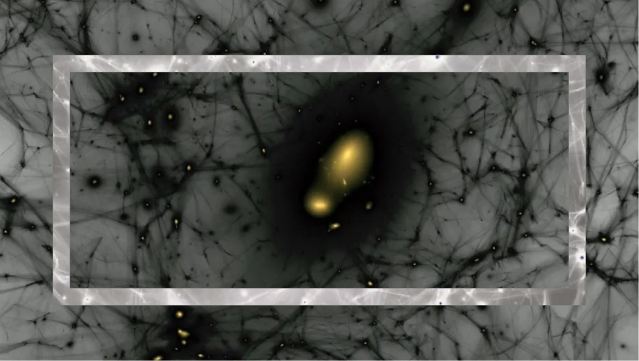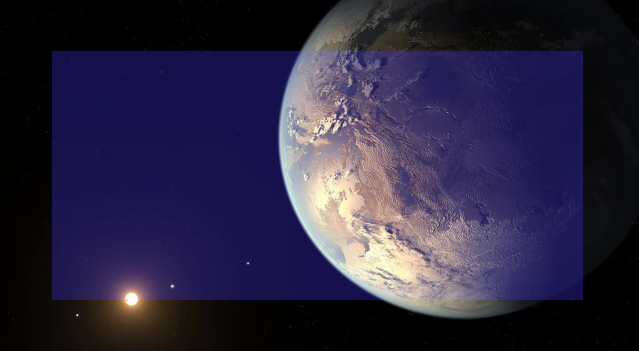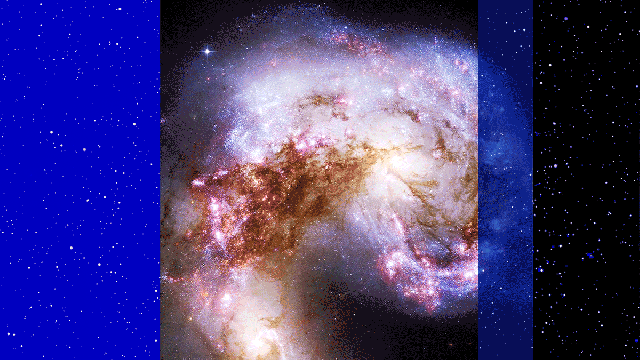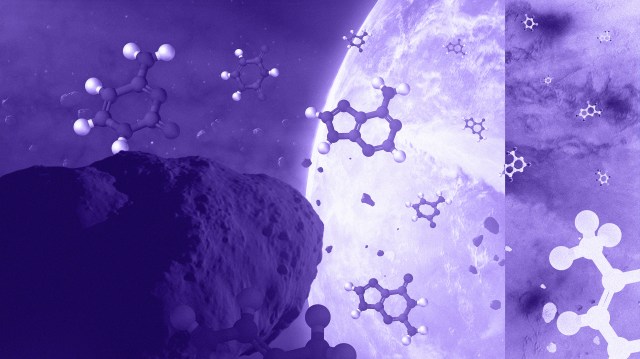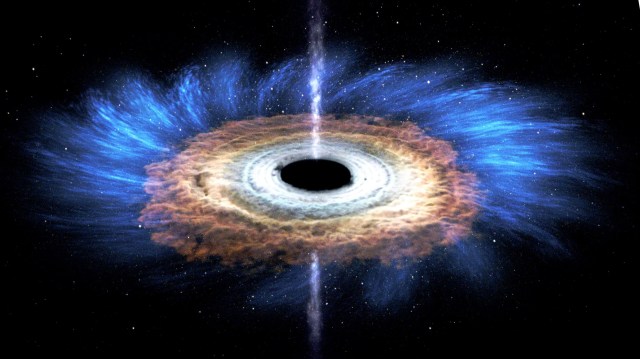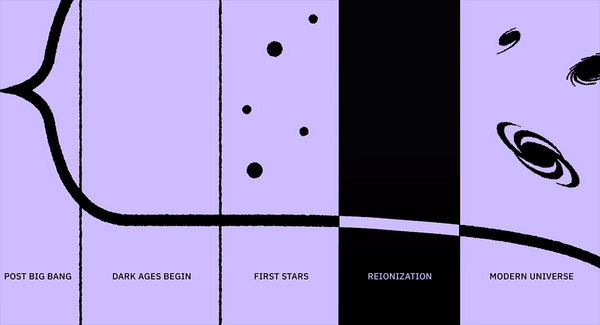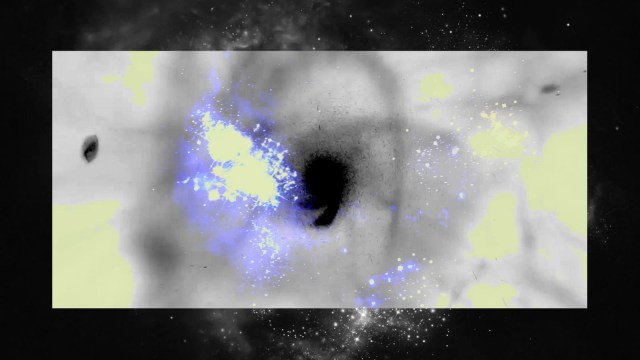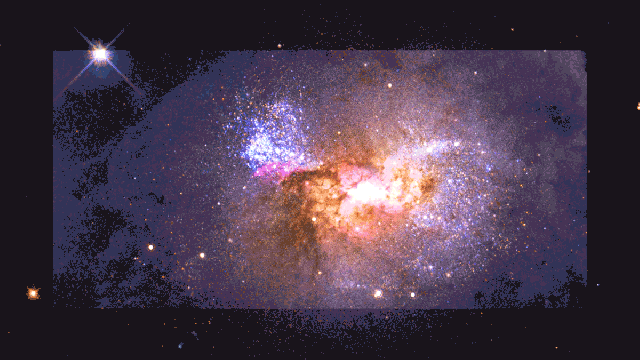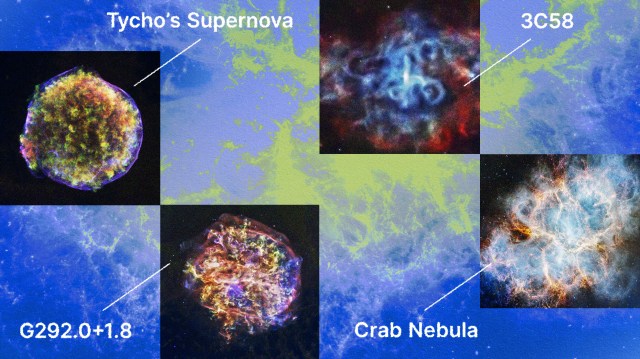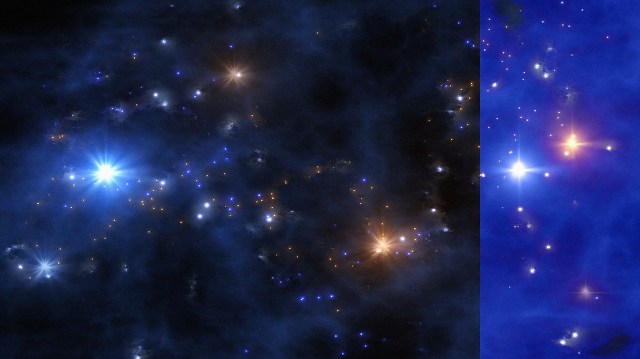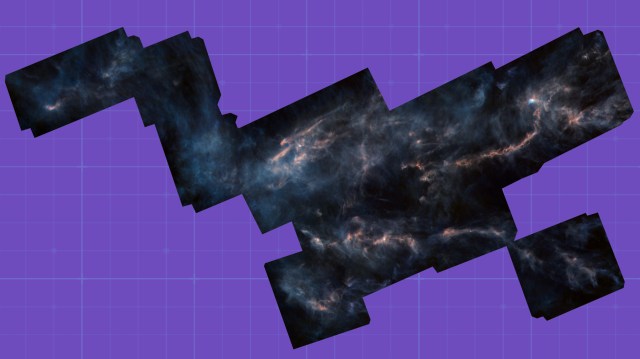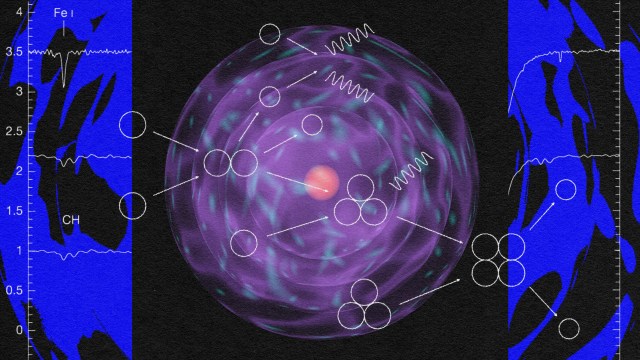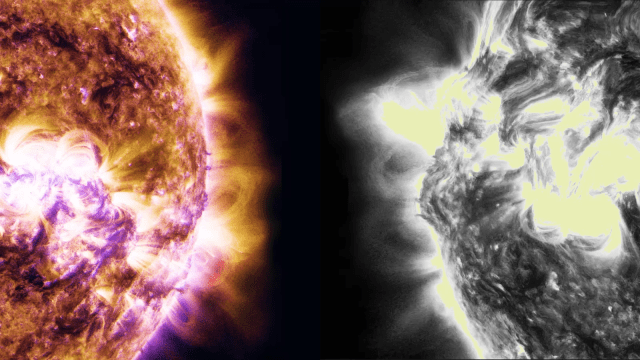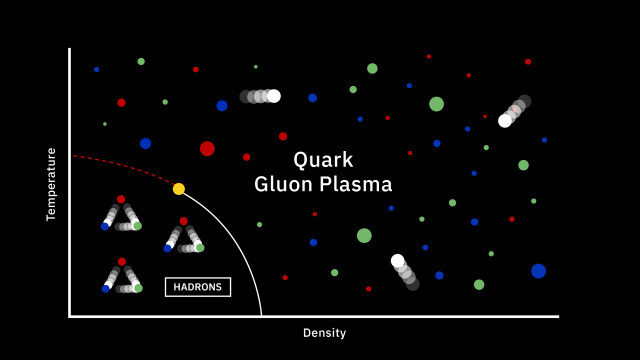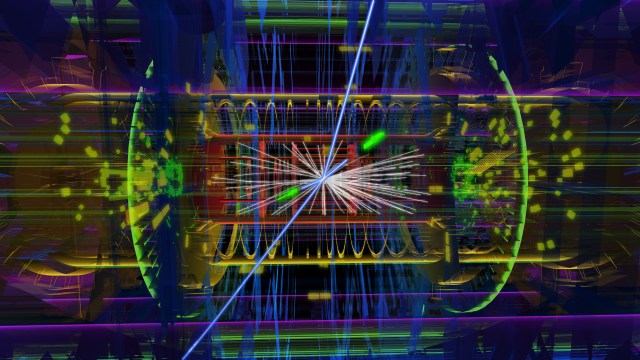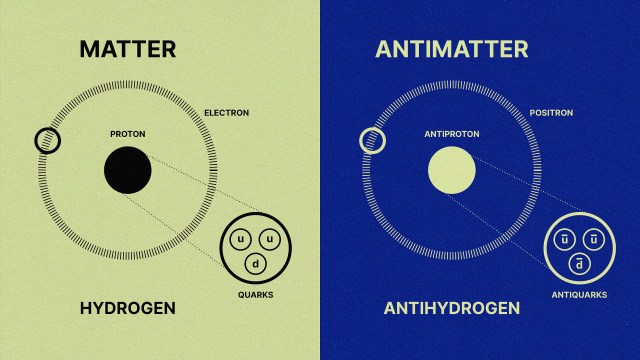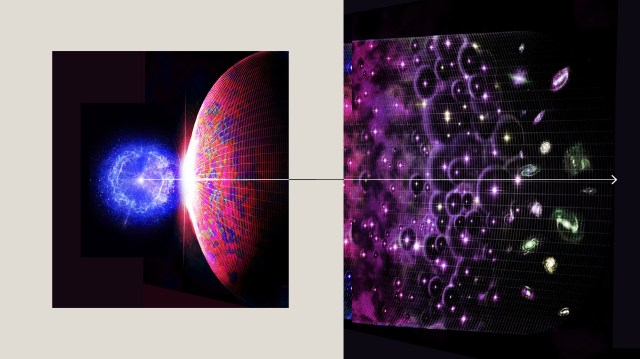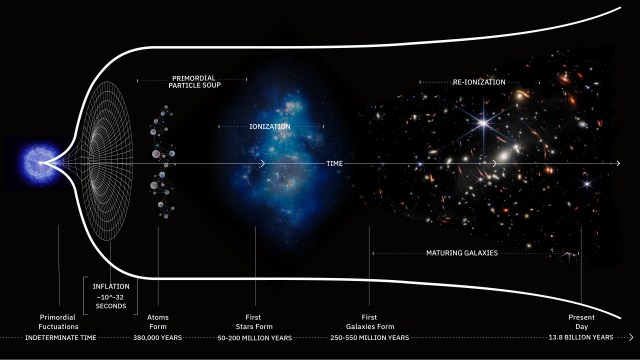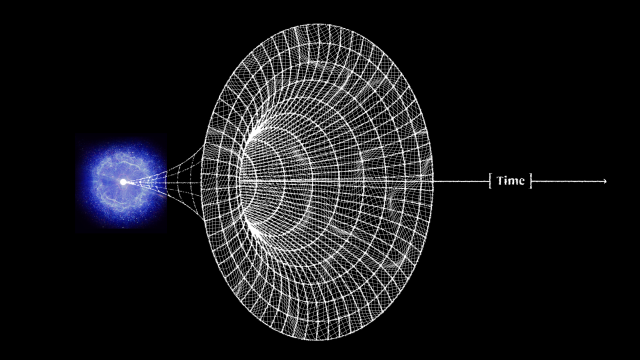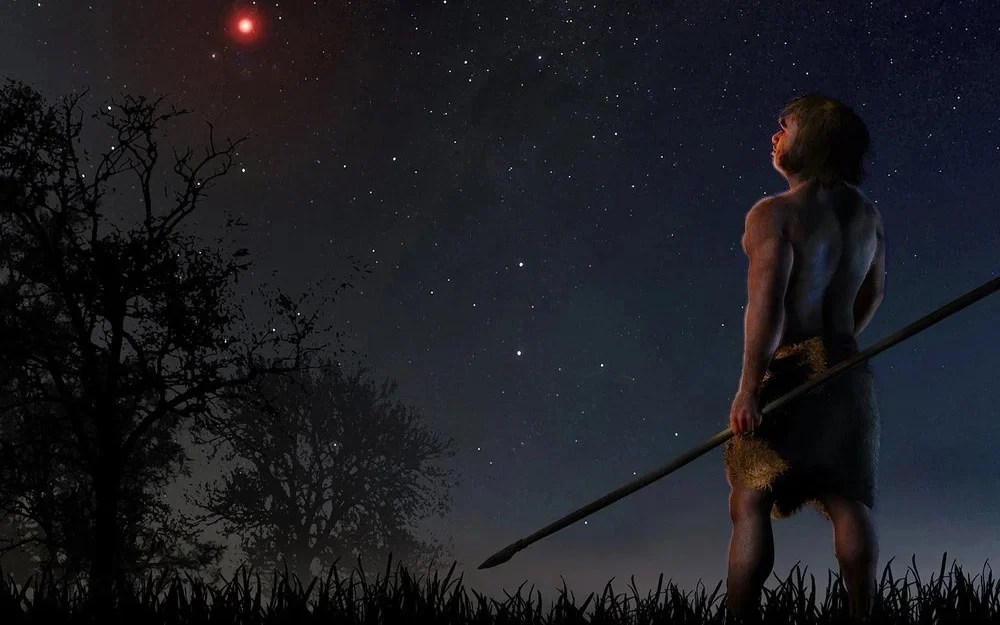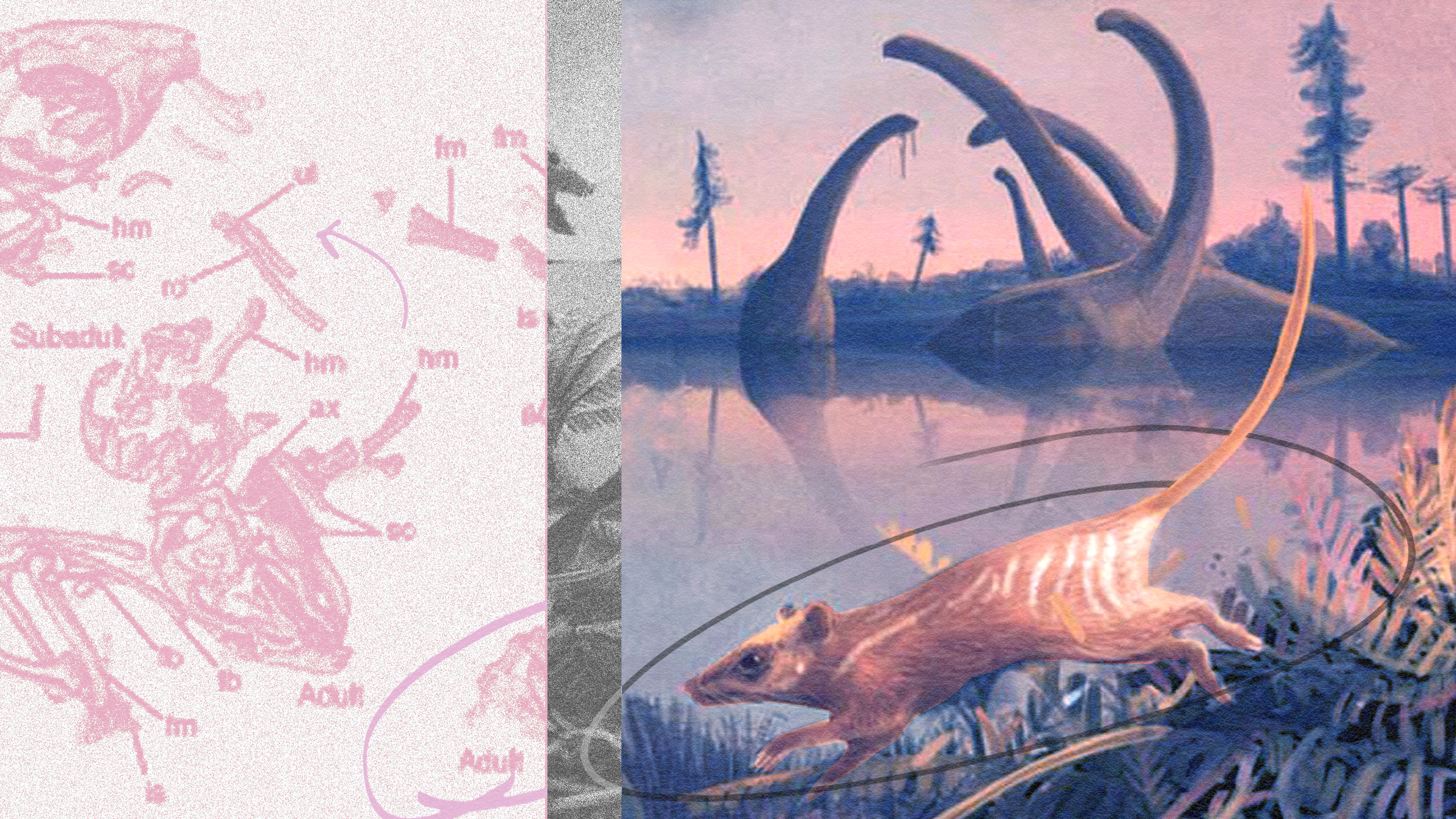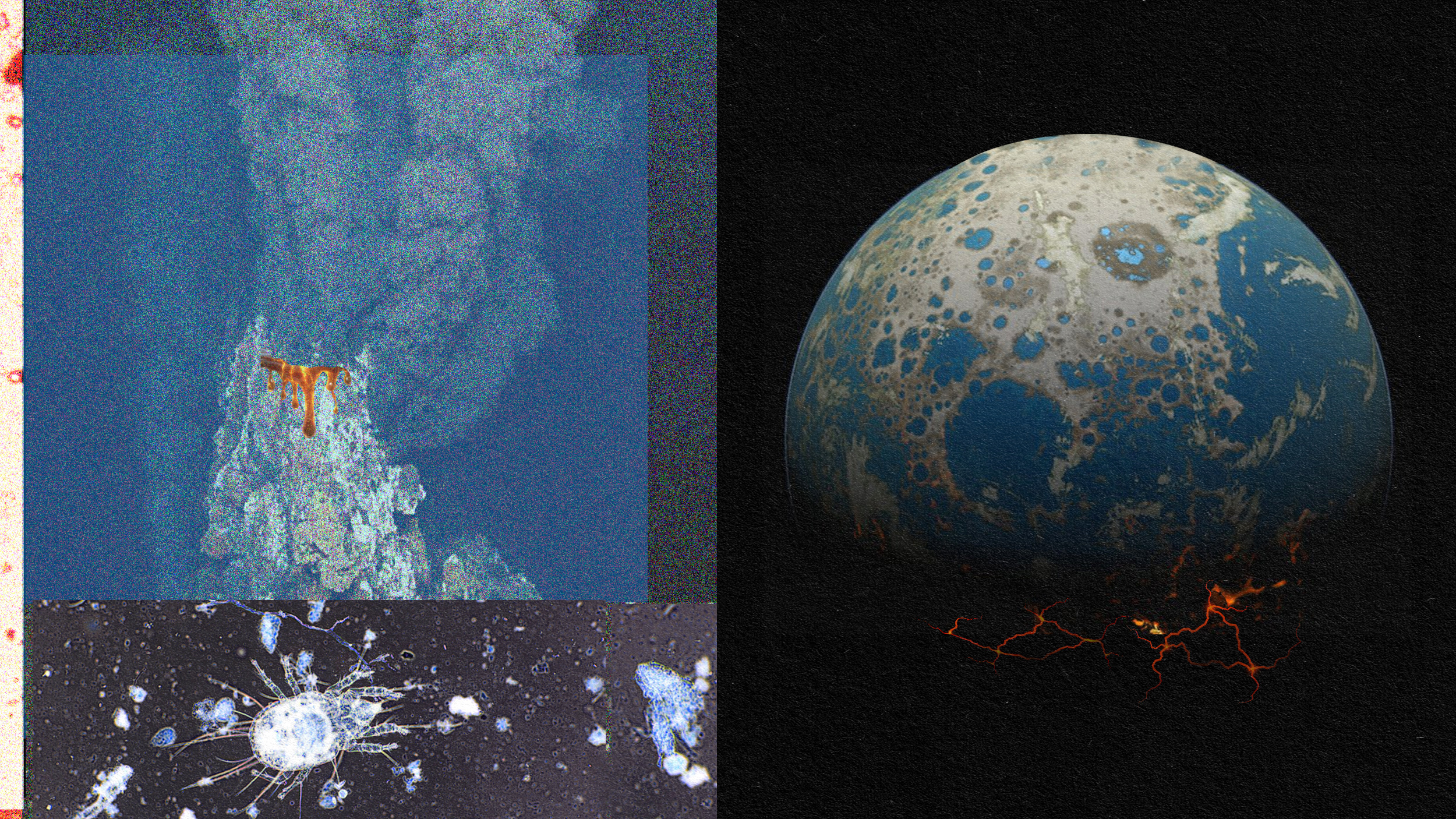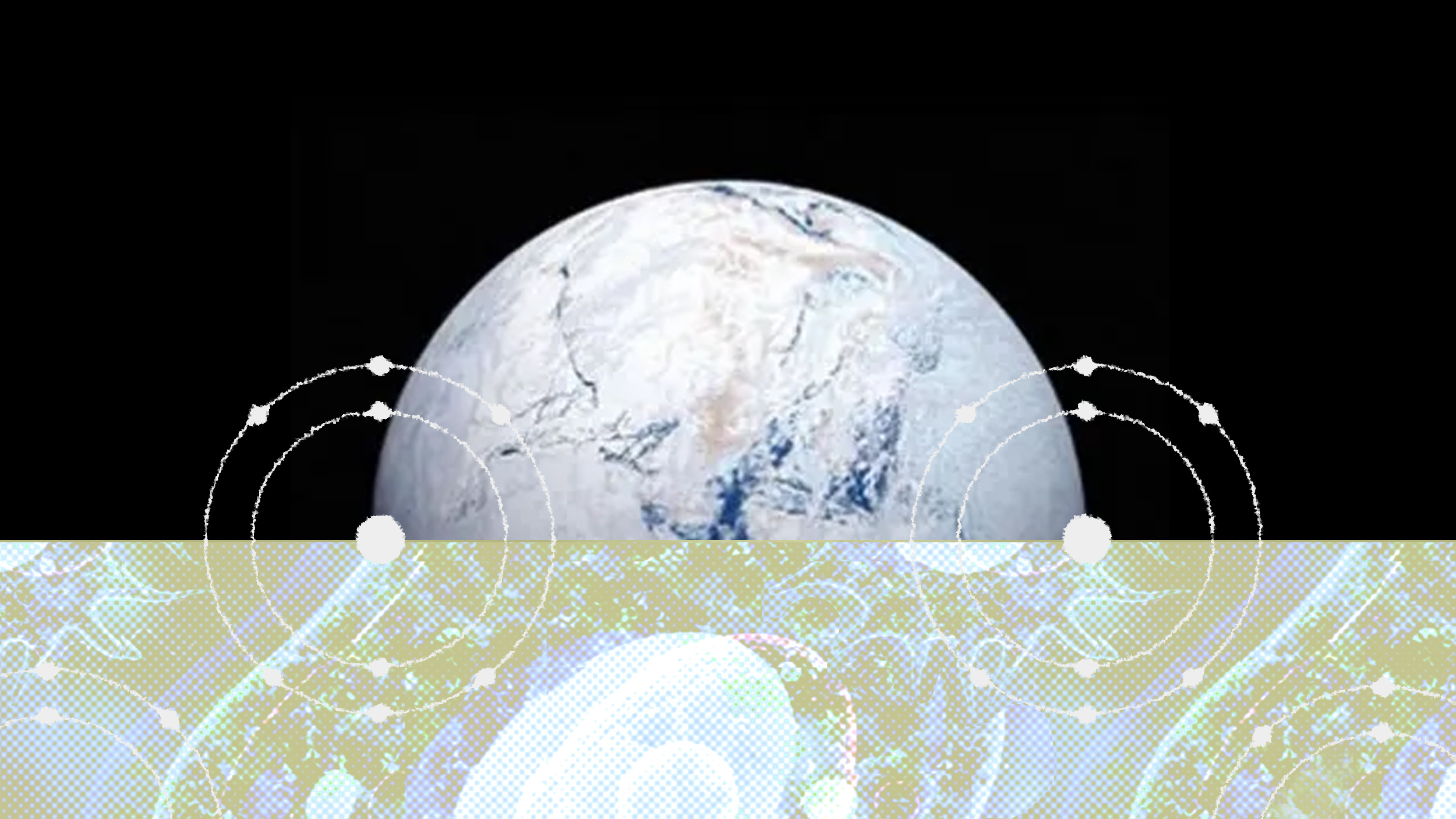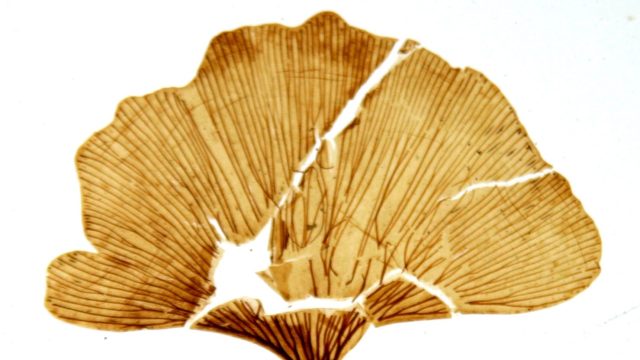What was it like when human beings transformed the Earth?
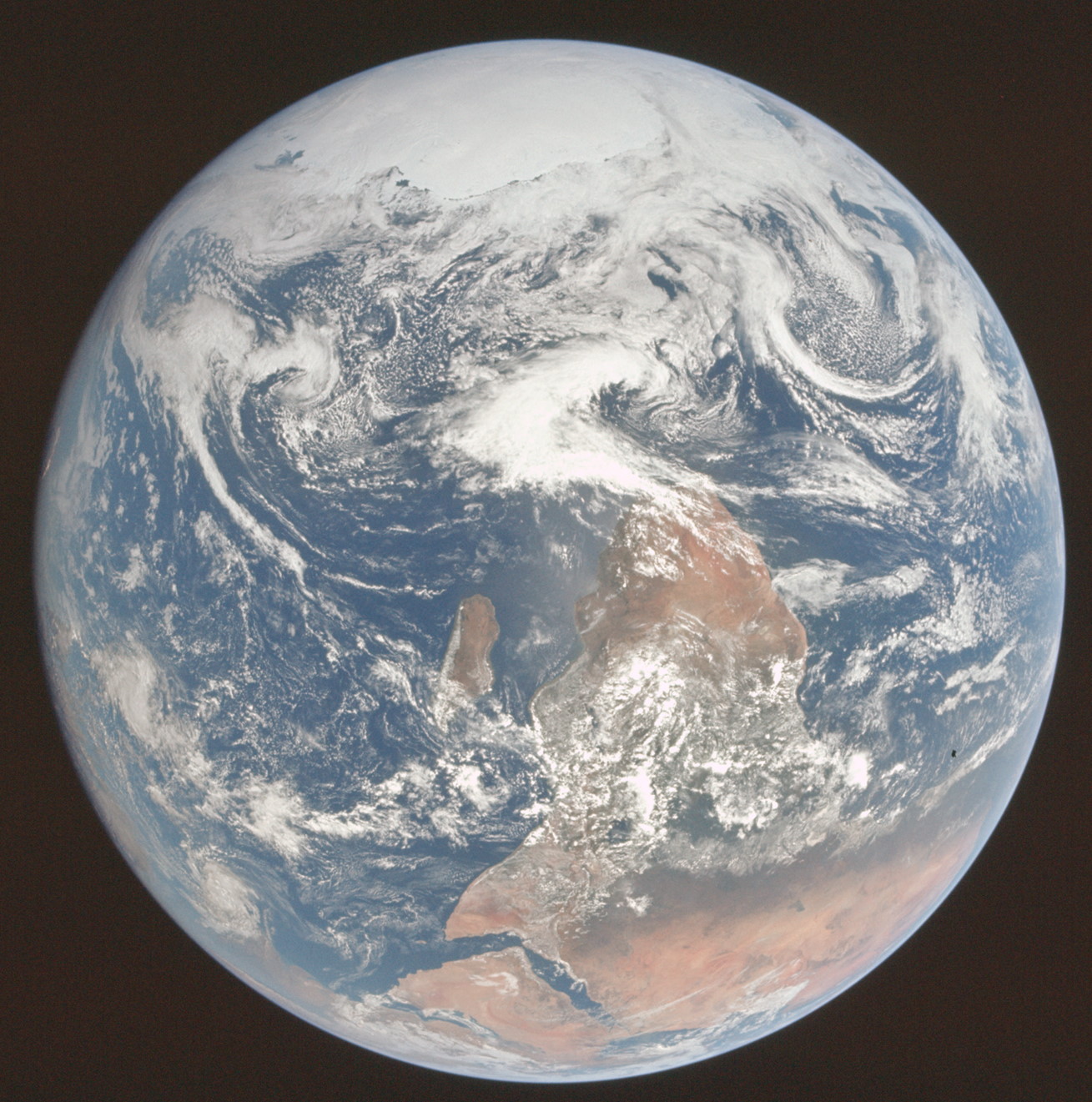
- Although planet Earth existed for around 4.5 billion years before the first humans came into existence, our impact on the world over just the past few thousand years has been profound.
- With more than 8 billion humans on Earth, we’ve affected the oceans, our atmosphere, and the continental land of Earth more severely than any single species in hundreds of millions of years.
- Our planet has not only been transformed by our presence, it continues to change at an alarmingly rapid pace. It’s up to us to steward our world wisely, or risk a self-imposed extinction.
When each of us is first born into this world, it might feel like the world was made for humanity. For the past few generations — now encompassing every living human being — there have been billions of us, spread out across every continent, with sprawling cities, towns, villages, and farms being home to most of us. And yet, the arrival of human beings on Earth was anything but an inevitability. Although the Universe created the conditions and ingredients that made our existence possible, it was only a series of unlikely events that unfolded that allowed our species, specifically, to rise to prominence. If even one of a countless number of outcomes had been different, our species may never have arisen on planet Earth.
Around 300,000 years ago, however, the first examples of our species — Homo sapiens — arose in Africa, having evolved from our shared common ancestors. For nearly all of that time, we lived concurrently with other hominids like Homo erectus and Neanderthals, with all of us making use of fire, tools, clothing, language, and artificially-built shelters. There’s even evidence that many of us interbred with the other hominids. And yet, the passage of just a few hundred thousand years saw us rise from a primitive hunter-gatherer society to the technologically-advanced modern world. This is the final stage in the story of the Universe that brings us up to the present day: how human civilization developed, and the consequences of that development for our world in 2024.
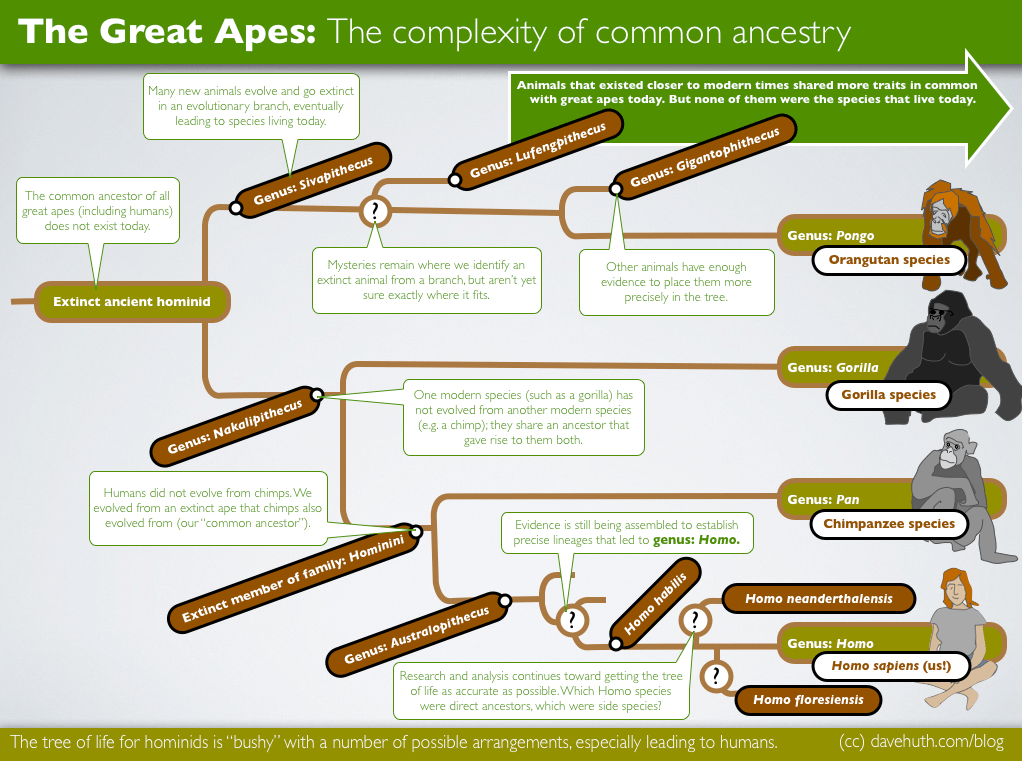
Over the millions of years before the arrival of human beings, our hominid cousins and ancestors had previously spread throughout the temperate areas of the world: including across the European, Asian, Australian, and American continents. However, once they arose, human beings remained confined to Africa, exclusively, for a substantial amount of time. Around 60,000 years after the first humans arose — some 240,000 years ago — Neanderthals evolved, joining modern humans but possibly arising not in Africa, but in Europe. Very little is known about the early stages of human civilization, except that all three late-surviving hominids, human beings, Neanderthals, and the remaining populations of Homo erectus (plus, by some accounts, the Denisovans), all lived concurrently.
The world was warm and temperate initially, and then, around 115,000 years ago, the last glacial period arrived, compelling the surviving populations to move closer to equatorial latitudes. While human and Neanderthal populations continued to thrive, the last surviving Homo erectus population did not, as they went extinct either around this time or shortly before it. Modern humans left Africa for Europe as well, arriving some 40-45,000 years ago. For a brief time, humans and Neanderthals not only coexisted, but interbred as well. Many humans still carry a small percentage of Neanderthal DNA in their genomes.
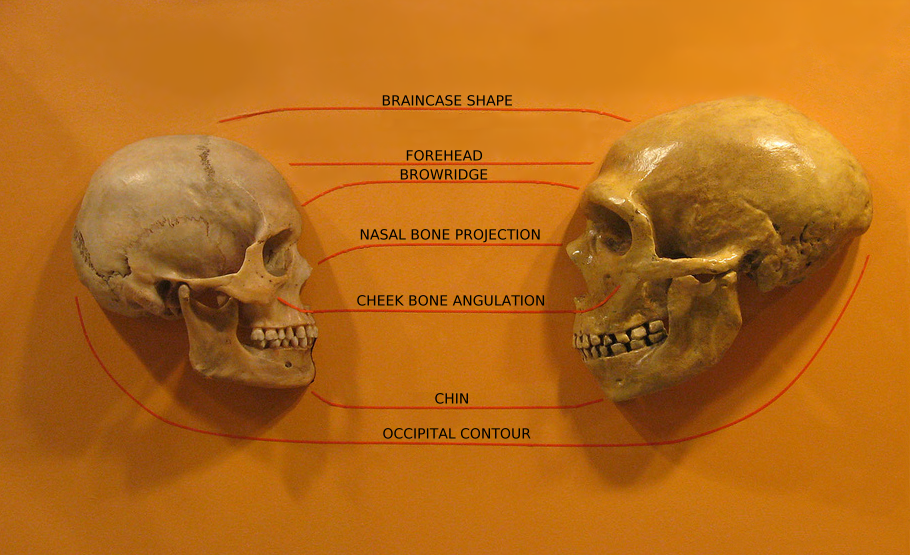
Fossil evidence abounds of violence and competition between humans and Neanderthals, with many primitive weapon marks having been imprinted on the skeletons of both. The earliest musical instrument — a bone fipple flute, similar to a modern recorder — dates back to 40,000 years ago: where Neanderthals dwelled. Also found right around this time, roughly 37,000 years ago, is the earliest example of a domesticated dog specimen, found cohabiting with modern humans.
Neanderthals and humans faced fierce interspecies competition for resources, with substantial evidence left that they warred over territory: both with one another and with members of their own species as well. By the time another few thousand years had passed, there were no more Neanderthals remaining. As of approximately 34,000 years ago, Homo sapiens had driven every other modern hominid to complete extinction; we are the last survivors among our close relatives.
During the entirety of this glacial period, humans lived exclusively as hunter-gatherer societies, with the population of any tribe rarely exceeding 300 members or so. Even so, numerous archaeological finds point to a rich cultural history that is now almost totally lost, with only a scant fraction of what was produced surviving to the present day.
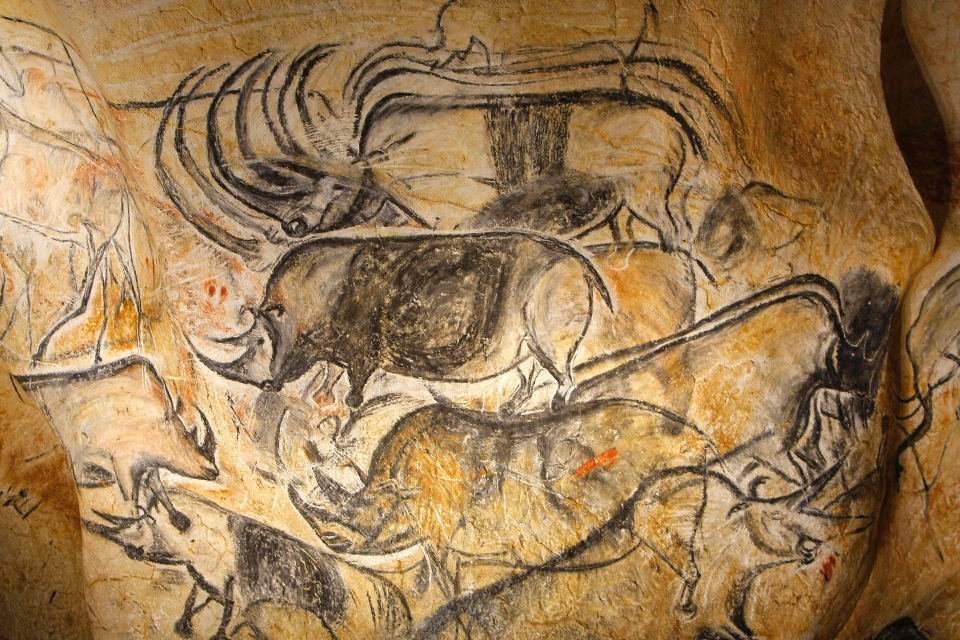
32,000 years ago, we can trace back the earliest evidence of cave paintings, found at Vallon-Pont-d’Arc in modern France.
28,000 years ago, the earliest representational sculpture from human history survives: the Venus of Willendorf, located in modern Austria.
And right around this time, between 25,000 and 30,000 years ago, the last glacial period begins coming to an end, with ice retreating toward the poles and many physical changes occurring to the terrestrial landscape. As the ice begins to melt, water accumulates, while the remaining ice acts like a dam to hold the water back. Eventually, a critical tipping point is reached as the ice dams break, leading to enormous flooding conditions. These floods transform the Earth, transporting topsoil hundreds or even up to a thousand kilometers, and creating new paths for lakes, rivers, bare mountains, and dry land.
Approximately 15,000-17,000 years ago, the first modern humans arrived in North America, either over the Bering land bridge from Asia or by boat from Europe, or possibly via both channels. As the climate warms and the human population grows, the woolly mammoth goes extinct in the Americas and Europe approximately 12,000 years ago; it will persist in Asia for slightly longer, with the last population persisting on Wrangel Island until as recently as 3700 years ago.
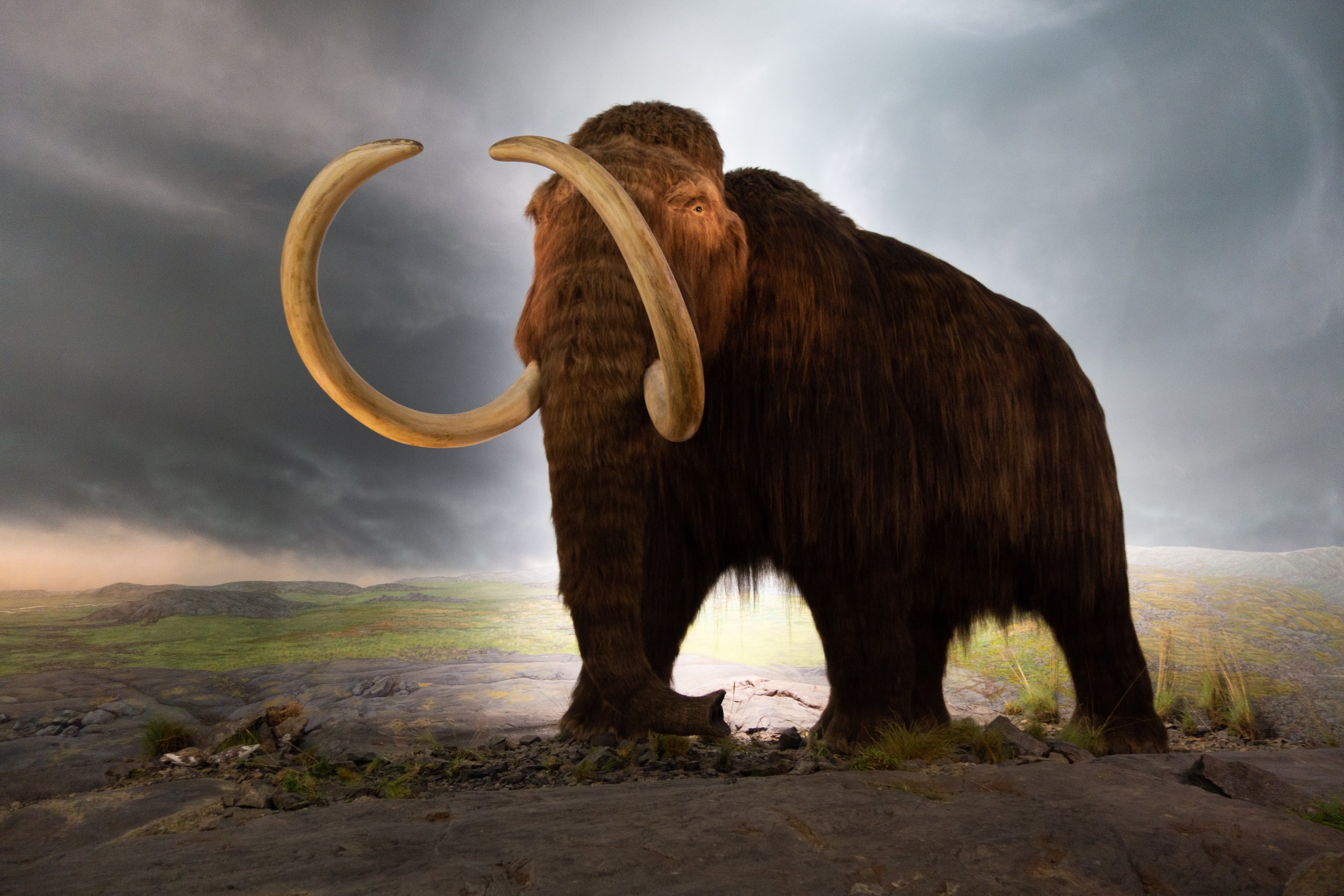
Around this time, the first evidence for agriculture emerges, as humans now deliberately plant seeds with the intention of growing their own food. The process of farming means that humans now stay in one place, tending to the same land rather than living a more nomadic lifestyle: going wherever the food is. Once farming is established, it’s followed very swiftly by the domestication of herd animals, and with it, the process of ranching is developed. Sheep are first domesticated 11,000 years ago (in Iraq); goats (in Iran) and pigs (in Thailand) are domesticated 10,000 years ago, accompanied by the final retreat of the last continental ice sheets in Europe and North America. The last glacial period, which persisted for more than 100,000 years, is officially over.
Along with animal domestication, human civilization now enters a period where the hallmarks include agricultural farming, herding, and ranching. We move from being primarily hunter-gatherers to an early agrarian culture. 9,500 years ago, the first evidence for cultivated wheat and barley emerges in ancient Mesopotamia. With a more reliable source of food in a single location, more humans can now persist in a single area all together. The first walled city arises at this time: the Palestinian city of Jericho, with an estimated population of a then-record-high 2,500 humans.
8,000 years ago, the first evidence of pottery arises in Mesopotamia, along with the domestic skills of spinning and weaving. In modern-day Georgia, also 8,000 years ago, the first evidence of winemaking emerges. Shortly thereafter, approximately 7,600 years ago, the basin of the modern Black Sea floods from the direction of the Mediterranean; this is thought to be the flood referenced in tales like those of Noah’s Ark or the demise of Atlantis.

Agricultural developments and breakthroughs continue around the world. 7,500 years ago, millet and rice are first cultivated in what is now a part of modern-day China. 7,000 years ago, the first domesticated cattle, bred from the ancient wild auroch, are tamed and herded in Iran. At this moment in time, the population of humans on the planet continues to grow, crossing the 5 million threshold for the first time. The next great animal to be tamed are horses: they are domesticated in modern-day Ukraine around 6,300 years ago.
With large, massive, powerful animals like cattle and horses now domesticated, the first great technological development of the Stone Age world is achieved: the invention of the plough. With large pack animals at the disposal of humans, they could be yoked to a large device that they could pull, performing the work of many farmers with many hoes in a fraction of the time. The first evidence for ploughs appears approximately 5,500-6,000 years ago, where modern Czechia is now located. Further advances occur swiftly and rapidly as the human population now begins to explode.
- 5,500 years ago, the wheel-and-axle is invented, and put to use immediately in transport and pottery.
- 5,400 years ago, the first number system is developed, followed by the first written words and documents: ancient receipts arising from transactions in commerce.
- 5,000 years ago, the first more complex writings — hieroglyphics in Egypt and Cuneiform in Mesopotamia — emerge, with papyrus writings appearing just a few hundred years later in those same languages.
- And 4,700 years ago, the first surviving, massive monuments of the ancient world are constructed: the oldest among the Egyptian pyramids.
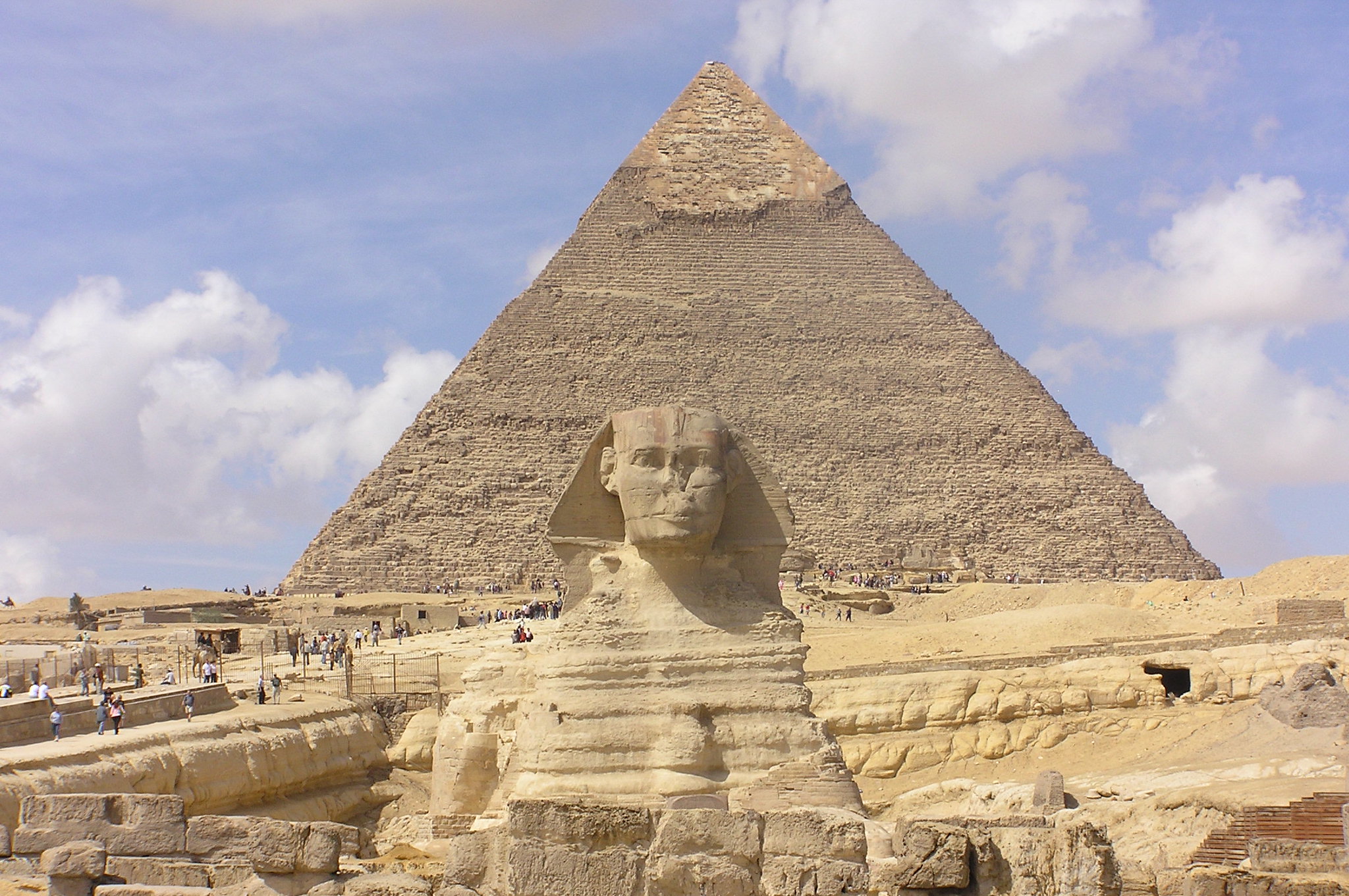
One of the most important developments in human history comes during the next few hundred years: the development of bronze-working. Bronze, a mix of copper and tin (or copper, tin, and lead if you’re clever) is much, much harder than all prior tools and weapons used up until that time, which were fashioned out of either stone, bone, or simple copper. The development of bronze-working heralds two major developments: well-equipped armies and the first metallic money, both of which were widespread around 4,000 years ago. Also right around 4,000 years ago, one of humanity’s favorite culinary confections was invented in modern-day China: ice cream.
The Kahun papyrus, the oldest medical text, dates to 3,800 years ago, and its subject is gynecology: covering topics such as fertility, pregnancy, contraception, as well as diseases and treatments. Up until this time, all written language is representational: with unique symbols for each and every object, concept, and action. It wasn’t until 3,500 years ago, in a huge achievement for humanity, that the first alphabetic writings appear: North Semitic, which arises in Palestine and Syria.
Another 500 years later — bringing us to times as recent as 3,000 years ago — maize is cultivated in the Americas. Along with rice and wheat, these three foodstuffs are the primary agricultural crops feeding modern humans in the world, as the total human population crosses the 50 million mark. Right around this time, the events of the great Bronze Age clash known as the Trojan war, memorialized 200-300 years later in Homer’s Iliad and Odyssey, are theorized to have taken place.

With more humans, more food, and more technology, advances now arrive more swiftly than ever before.
- 3,300 years ago, the iron age begins, as the production of smelted iron begins in southeast Europe, spreading across the continents over the next 800 years. As memorialized in Egyptian records of the Egypto-Hittite war (where the Egyptians were still in the bronze age but the Hittites had entered the iron age), bronze age civilizations saw their shields cleaved in two by iron swords; the technological mismatch was overwhelming.
- 2,600 years ago, the Ancient Greek civilization reaches its pinnacle, bringing the important developments of democracy, laws, poetry, plays, and philosophy to the world.
- And 2,200 years ago, the Great Wall of China is built; spanning a remarkable 1,900 km (1,180 miles) in length. It is the largest structure ever built in the ancient world.
Alongside these cultural advances, human knowledge continues to develop at a spectacular rate. Some remarkable achievements include:
- the axioms of Euclidean geometry, which arose 2,300 years ago,
- the architectural arch, made famous by the Romans, arising 2,200 years ago,
- the use of the abacus as a calculational tool, first appearing 1,900 years ago,
- the first magnetic compass, taking advantage of the Earth’s magnetic field for navigation and orientation, developed 1,700 years ago,
- the first block printing device, an important forerunner of the printing press, developed 1,200 years ago,
- and the first explosive mixture of available materials — gunpowder — which was developed 1,000 years ago.
Through the widespread implementation and scaling-up of older developments such as water transport (irrigation and aqueducts) and sewers (for transporting waste), the sizes of population centers increased tremendously; instead of a few thousand humans, cities could accommodate hundreds of thousands or even millions of them.
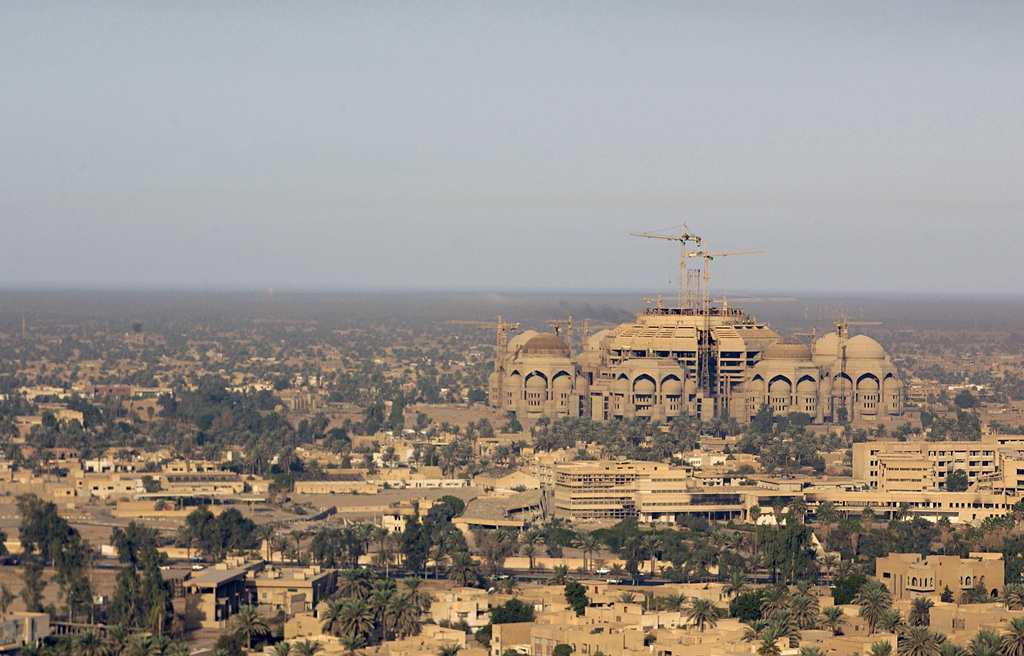
Empires rise and fall across the globe, as do various religions. Major scientific advances begin to occur, transforming our understanding of the Universe from a geocentric one to a heliocentric one less than 500 years ago. By the mid-1600s, around 370 years ago, the world population of humans passes the 500 million mark. Modern science begins to arrive, with Newton completing his great Principia in 1687: 337 years ago. On the biological side, Linnaeus catalogs organisms into genus and species classifications in 1735: 289 years ago. The major technological invention of the time is the steam engine, leading to powered machinery. Bringing various technological concepts and achievements together in 1712, Thomas Newcomen develops the first commercial steam engine. By the end of the 1700s, the industrial revolution is now in full swing.
The developments that bring about the modern, civilized world now occur at a furious pace, including:
- 220 years ago, factory production of textiles, iron, and steel begins.
- 199 years ago, the first railway lines are built.
- 187 years ago, Charles Babbage’s analytical engine is developed, paving the way for modern computers.
- 164 years ago, the first internal combustion engine is built, eventually leading to the automobile.
- 148 years ago, the telephone and electric light bulb are invented.
- 119 years ago, the special theory of relativity is introduced, followed by general relativity 10 years later.
- 114 years ago, the first antibiotic (salvarsan) is isolated.
- And 92 years ago, almost to the day, humans successfully split the atom for the first time, leading to the nuclear age, the atomic bomb, and the technological revolution of our modern world.
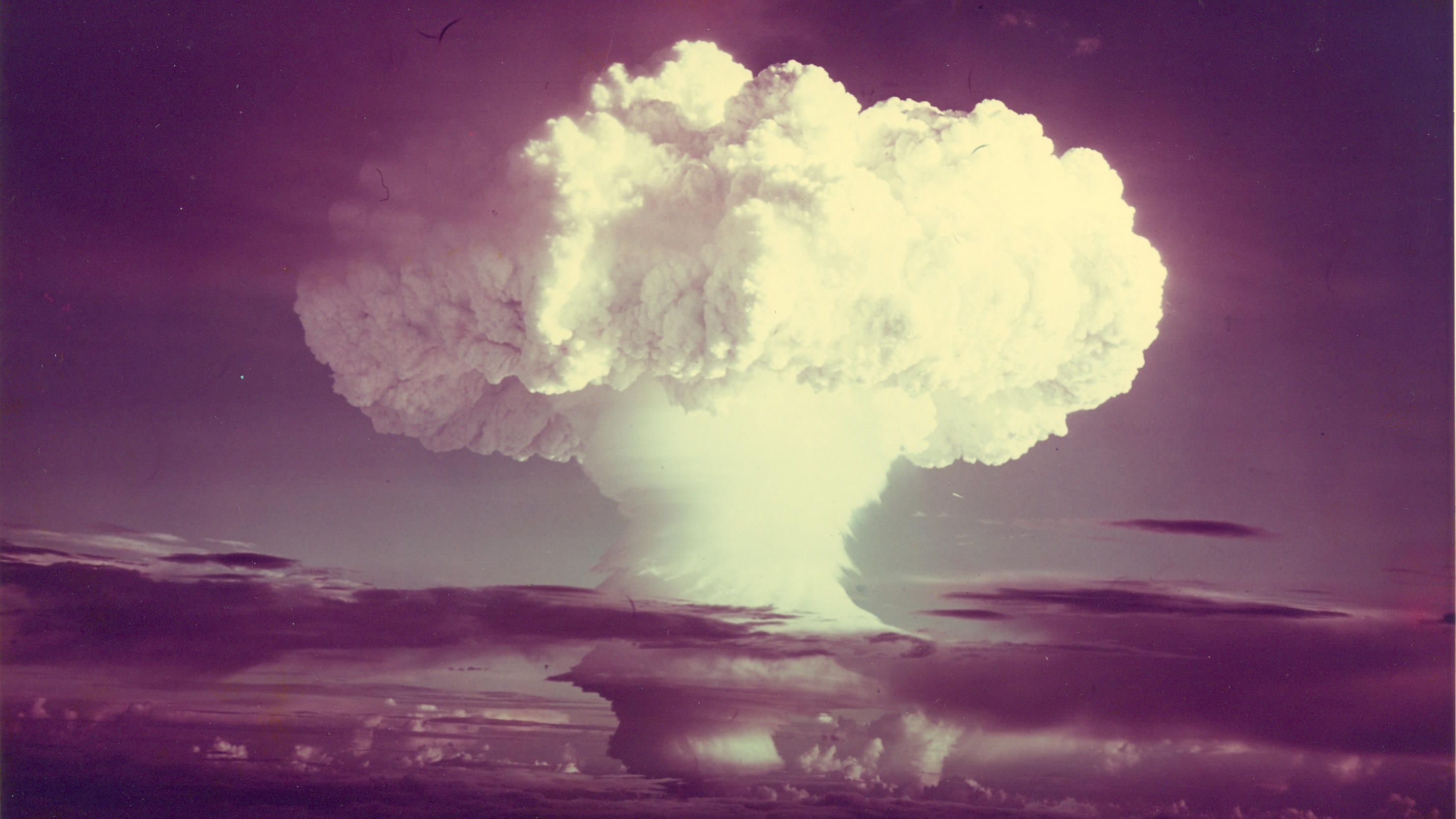
Over the course of the 20th and 21st centuries, a slew of developments have occurred that have fundamentally transformed our world. Our population passed 5 billion in 1986, and sits at more than 8 billion today. The structure of DNA was found in the 1950s, and since then the entire genome of many organisms, including humans, has been sequenced, leading to a revolution in our understanding of genetics and biology. We have cloned advanced, living mammals, and have developed and implemented vaccines against diseases that would otherwise decimate the human population.
We have entered space, landed astronauts on the Moon, and have sent spacecraft out of the Solar System. We have changed our planet’s climate, and continue to do so, but now also have the capacity to quantify and mitigate the impacts of our actions on the planet, if we so choose. We have developed unfathomably destructive weapons of war, but also have the capacity to achieve peace, again, if we so choose.
As of today, 13.8 billion years after it all began, we are the most intelligent known creatures ever to arise within this Universe. We have figured out the cosmic history of us, bringing us to a crucial point in human history. The next steps for humanity are all up to us. Have we already achieved our pinnacle as a species, or do our best days lie ahead? Does this moment in history mark the beginning of the end for humanity, or will this be the generation that successfully addresses our collective problems? Will we rise to the challenges of the modern world, or succumb to them? The history of humanity on Earth is still being written, with human civilization and the future of planet Earth all hanging in the balance.
